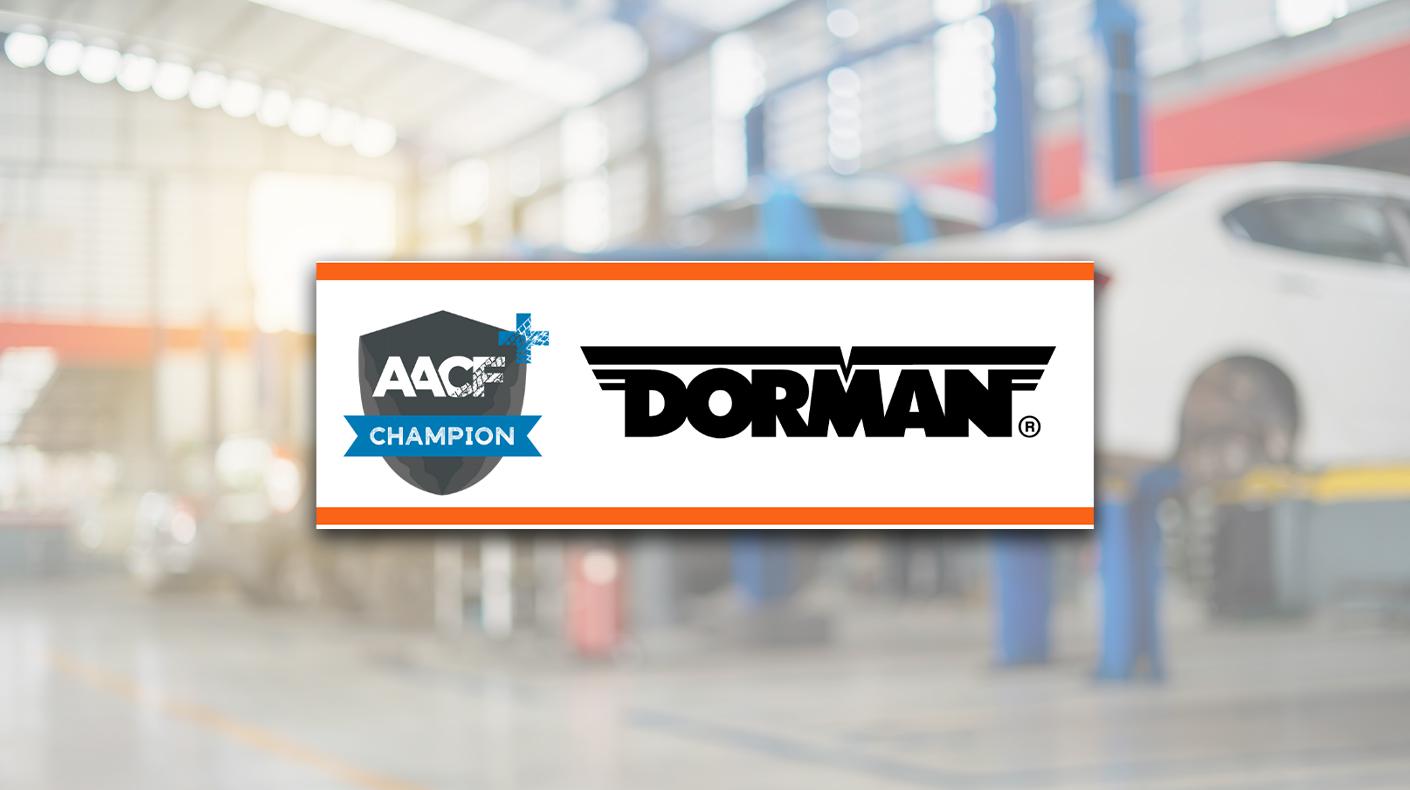
HONDA'S SPORTIER NEW FIT
High gas prices and dwindling disposable incomes have fueled demand for small fuel-economic cars, which are often contenders for the sport-compact segment as well. Automakers, therefore, continue to unveil new small cars to appeal to consumers looking for a fun and economic vehicle. Honda unveiled its 2009 Honda Fit, which is set to hit dealerships this fall. The newest version has a two-inch longer wheelbase and a more aggressive profile thanks to the windshield being expanded by five inches. In order to satisfy the growing demand, Honda doubled its output of the Fit late last year. The Fit will feature a new 1.5L, four-cylinder, i-VTEC engine coupled to either a five-speed manual transmission or an available, segment-unique, five-speed automatic transmission, which includes steering-wheel-mounted paddle shifters on the Fit Sport. Honda says that more detailed information about the 2009 Honda Fit will be released closer to the vehicle launch in the fall.
Source: American Honda Motor Co. Inc.
DETAILS ON PONTIAC’S G8 LS3 ENGINE
Pontiac recently unveiled its G8 GXP high-performance sedan at the New York Auto Show, adding to a growing segment of rear-wheel-drive modern musclecars. The 2009 model will join the Solstice, G6 and Torrent GXP models in Pontiac dealerships in late 2008. The heart of the G8 GXP is the 6.2L LS3 small-block V8, currently rated at 402 hp and 402 lb.-ft. of torque pending final SAE certification. This engine is the newest member of GM’s small-block V8 family. It features a revised, larger-bore cylinder block, high-flow, L92-style cylinder heads; larger-diameter pistons; unique camshaft and camshaft timing; revised valvetrain with offset intake rocker arms; high-flow intake manifold; and high-flow fuel injectors.
The LS3 engine has an aluminum cylinder block with cast-in-place iron cylinder liners. Larger bores help create a 376ci displacement. The block casting also features revisions and machining in the bulkheads to enhance its strength and improve bay-to-bay breathing. New pistons were designed for high-rpm performance.
New, high-flow cylinder heads aid engine breathing and are based on the large port and valve design found on the LS7 engine and other GM L76 engines. The larger-capacity, straighter intake port-design optimizes intake flow to the combustion chamber, an effect augmented by large valves, measuring 2.16 inches on the intake side and 1.59 inches on the exhaust side.
Pending final testing, the G8 GXP is expected to deliver 0-to-60 mph performance of about 4.7 seconds, and a quarter-mile time of 13.0 seconds at 108 mph.
The G8 GXP rides on the G8’s 114.8-inch wheelbase with wide front (62.7 inches) and rear (63.3 inches) tracks. The four-wheel independent suspension is fully adjustable and is tuned for the highest performance in the G8 family. The GXP’s ride and handling was developed and validated on racetracks and highways around the world, including the famed Nürburgring racing circuit. It rewards the driver with sharp, immediate responses, as well as a well-balanced road feel during spirited driving, notes Pontiac.
Source: General Motors

NEW HYUNDAI SPORTS COUPE CATERS TO ENTHUSIASTS
Hyundai recently unveiled its Genesis Coupe at the New York International Auto Show. The 2010 Genesis Coupe is a purpose-built rear-wheel-drive sport coupe featuring two performance-focused engines, a MacPherson strut dual-link front suspension and a five-link rear suspension setup and a standard six-speed manual transmission. The Genesis Coupe is scheduled to join the Hyundai lineup in the spring of 2009.
Following the introduction earlier this year of the rear-wheel-drive Genesis sport sedan, the Genesis Coupe is Hyundai’s most dynamic performance car ever and the second-consecutive all-new model introduction from Hyundai appealing directly to the car enthusiast. The Genesis Coupe uses the same flexible rear-wheel-drive architecture originally developed for the Genesis sport sedan. The Genesis Coupe was shown as a concept at the 2007 Los Angeles Auto Show, and its transformation from concept to production reveals that its signature design features have emerged intact.
Two engines infuse the Genesis Coupe with performance. The 3.8L Lambda DOHC V6 engine delivers an estimated 306 hp (310 hp using premium fuel) and 263 lb.-ft. of torque on regular unleaded. This engine will launch the Genesis Coupe from 0 to 60 miles per hour in under six seconds. To maximize the power band, the 3.8L engine utilizes Continuously Variable Valve Timing (CVVT) on intake cam shafts and a new Variable Intake System (VIS) that helps cylinders breathe efficiently at both low and high rpm. The better breathing results in outstanding off-the-line acceleration, passing performance and remarkable fuel efficiency. The V6 engine uses an alloy block and cylinder heads for lighter weight and thermal efficiency, and features timing chains with no scheduled maintenance.
The turbocharged, intercooled 2.0L DOHC inline four-cylinder benefits from CVVT on both the intake and exhaust camshafts. The 2.0L turbo generates an estimated 212 hp (223 hp using premium fuel) and 217 lb.-ft. of torque. It also features a cast-aluminum cylinder block and cylinder head. Both engines feature a free-flowing dual cat-back exhaust and an available limited-slip differential to put the power to the ground, says Hyundai.
Source: Hyundai Motor America
KIA KOUP CONCEPT COULD BE A “CANVAS FOR ACCESSORIZATION”
Hinting toward a new small-car entry, Kia unveiled its KOUP concept, which is a sneak peek at what the automakers may bring to production in 2010. The Honda Civic-size KOUP concept could become a “canvas for accessorization,” according to Kia, when it is put into production. Unveiled at the 2008 New York International Auto Show (NYIAS), Kia’s new concepts illustrates the shape and evolution of future Kia vehicles, the simple yet bold and aggressive KOUP exterior is complemented by its realistic and sleek interior design, the company notes.
“The Kia KOUP concept represents the future of the Kia brand and its dynamic vehicles that speak to our core philosophies,” said Tom Kearns, chief designer of KMA. “Kia strives to appeal to the emotional side of car enthusiasts who seek adventure and want to take a leap into the future with style and advanced technology, and the KOUP effectively delivers.”
Powered by a commanding 2.0L Theta II turbocharged engine producing 290 horsepower paired with a GDI (Gasoline Direct Injection) twin scroll turbocharger for greater power and efficiency, the KOUP delivers astonishing torque of 289 lb.-ft. at a low 2,000 rpm sustained to 4,000 rpm. By injecting fuel directly into the cylinder under high pressure using the Kia GDI system, the intake charge is cooled and combustion behavior is improved. Improved combustion ensures excellent fuel economy and low emissions. Lower grille openings enable additional air intake for extra power.
Built on a front-wheel-drive unibody frame, coil springs and stabilizer bars complement an independent front suspension featuring MacPherson struts and an independent dual link rear suspension to provide the optimal balance of ride comfort and engine responsiveness. An engine-speed-sensitive, power-assisted rack-and-pinion steering system adds the finishing touch for precise handling. In keeping with the KOUP’s sporty essence, Continuous Damping Control (CDC) for quick movements and sharp turns paired with a sport-tuned, four-wheel independent suspension and strut tower bar offer a tighter grip for more spirited driving, says Kia.
Source: Kia Motors America





